Congratulations to Dr. Farah Carrasco Rueda for her recent publication in Diversity which reports on her dissertation work in Madre de Dios, Peru. This study examines multiple dimensions of bat diversity at the forest-agriculture frontier in the Amazon of Peru focusing on forests adjacent to papaya plantations and cattle pastures. While agricultural lands adjacent to large tracts of forest maintain a considerable portion of the bat functional and taxonomic diversity, certain species and guilds are missing, especially in cattle pastures. The study concludes that “the differential impact of agricultural activities on bat diversity has potential management and conservation implications. Since papaya plantations appear to provide cover and food resources, they help maintain bat diversity in the region, especially when compared to cattle pastures that experience considerably reduced bat diversity. Furthermore, bat diversity in agricultural sites can provide benefits to landowners due to the ecological services they provide, especially pest control, which can potentially lower costs associated with the purchase of insecticides. In the case of cattle pasture, mitigation activities, such as leaving or planting some fruit and other trees can improve the retention of bat diversity. We recommend these minor modifications in pasture management as a tool to improve the maintenance of bat biodiversity in agricultural areas.” To access the paper click here.
By loiselleb@gmail.com|
2020-06-30T16:09:41+00:00
June 30th, 2020|bats, ecology, graduate students, Peru, SNRE|0 Comments
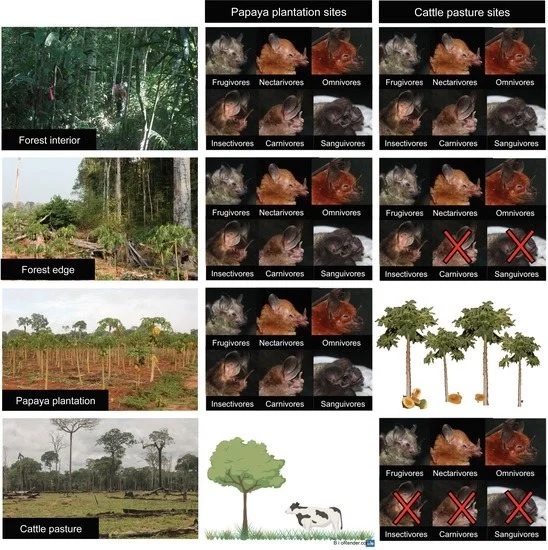

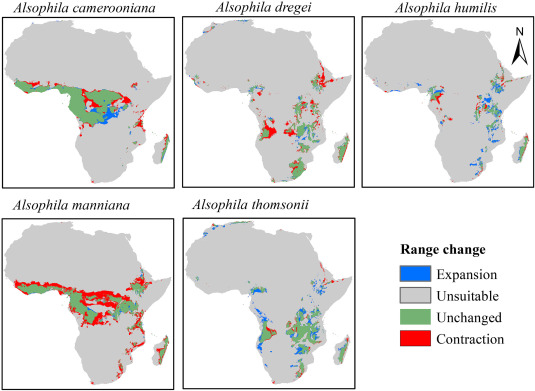
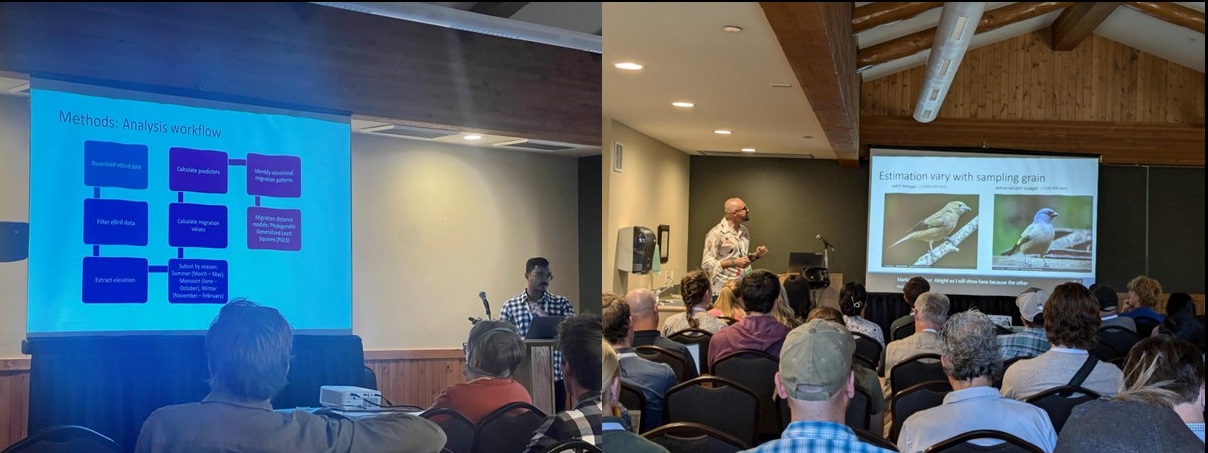
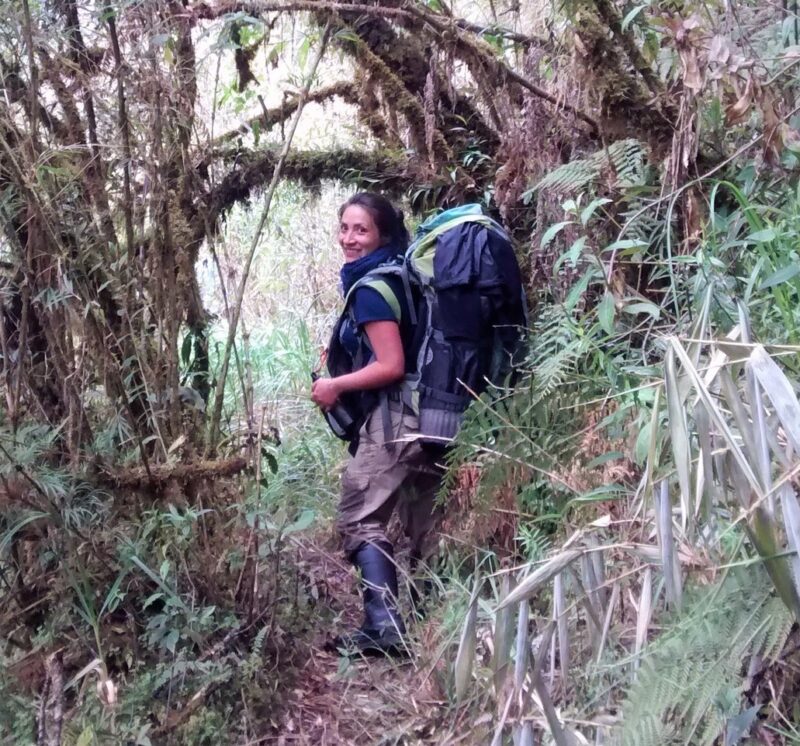

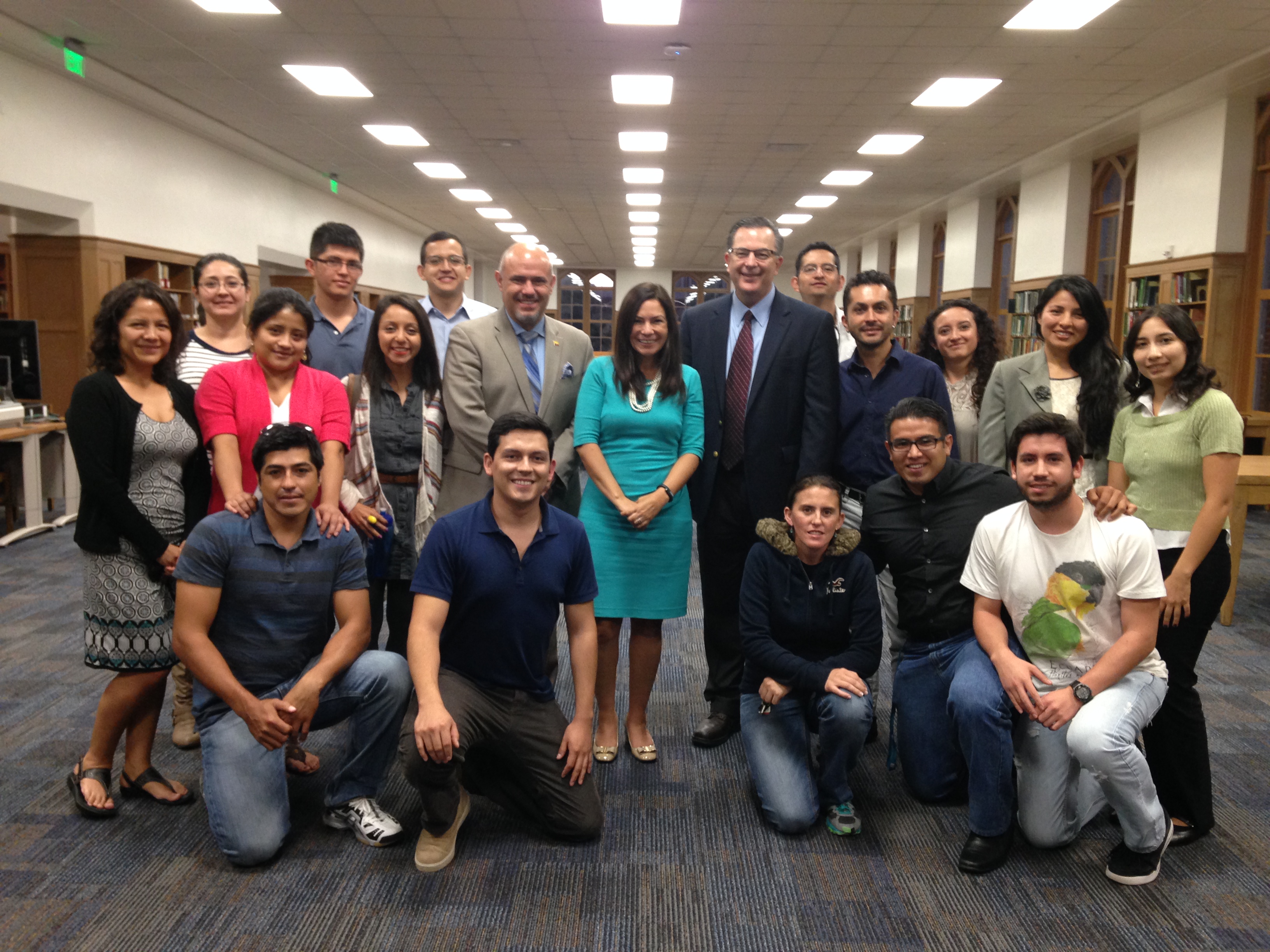






Recent Comments